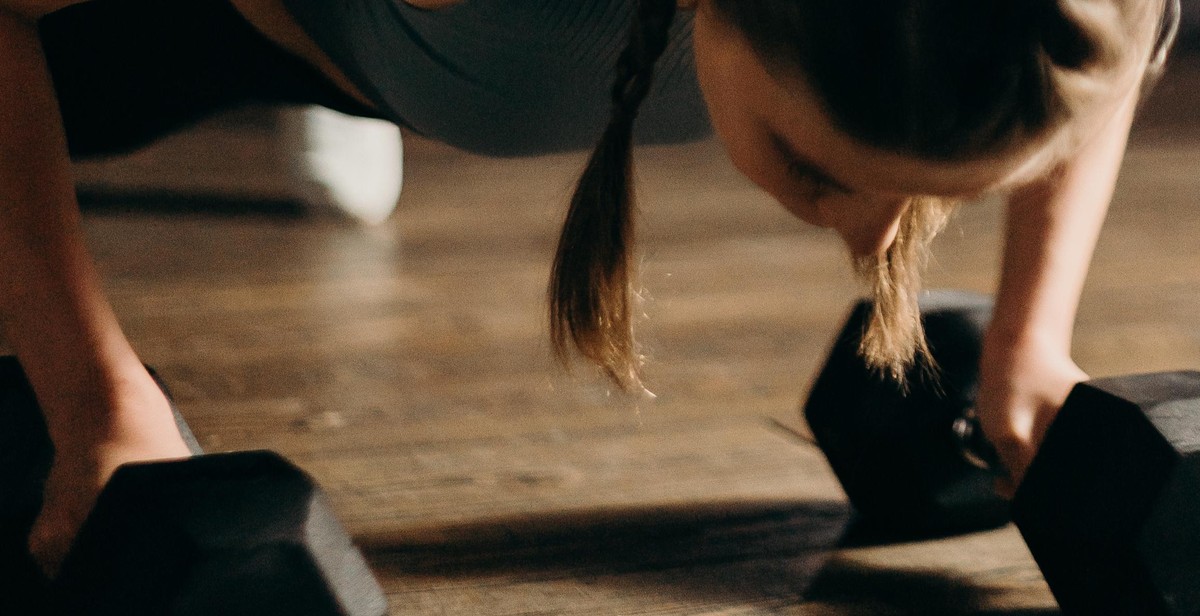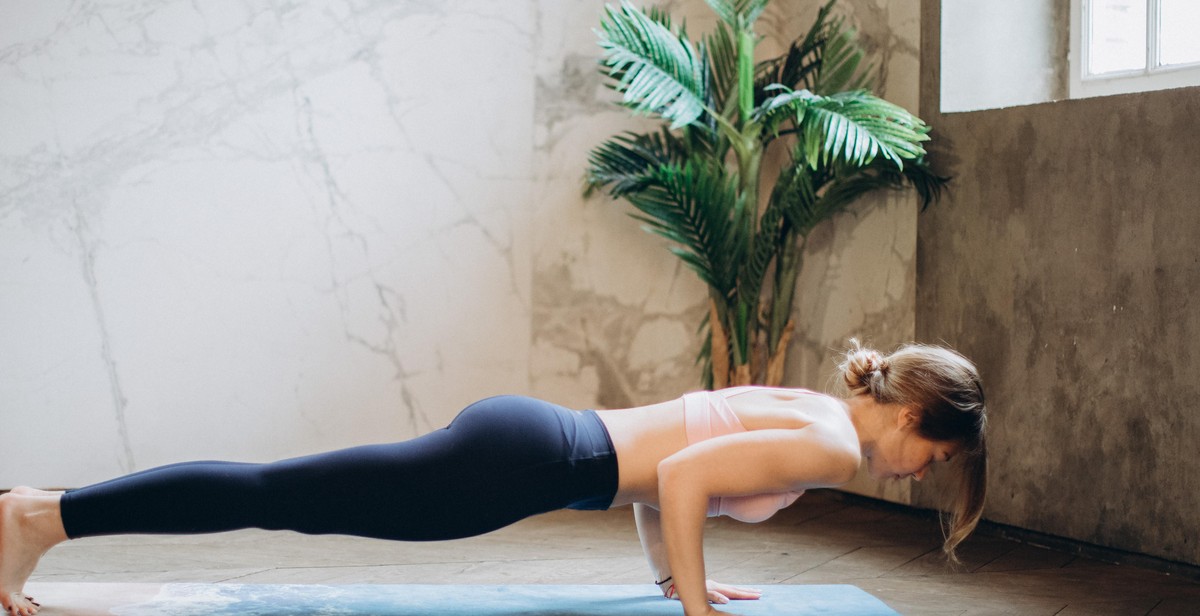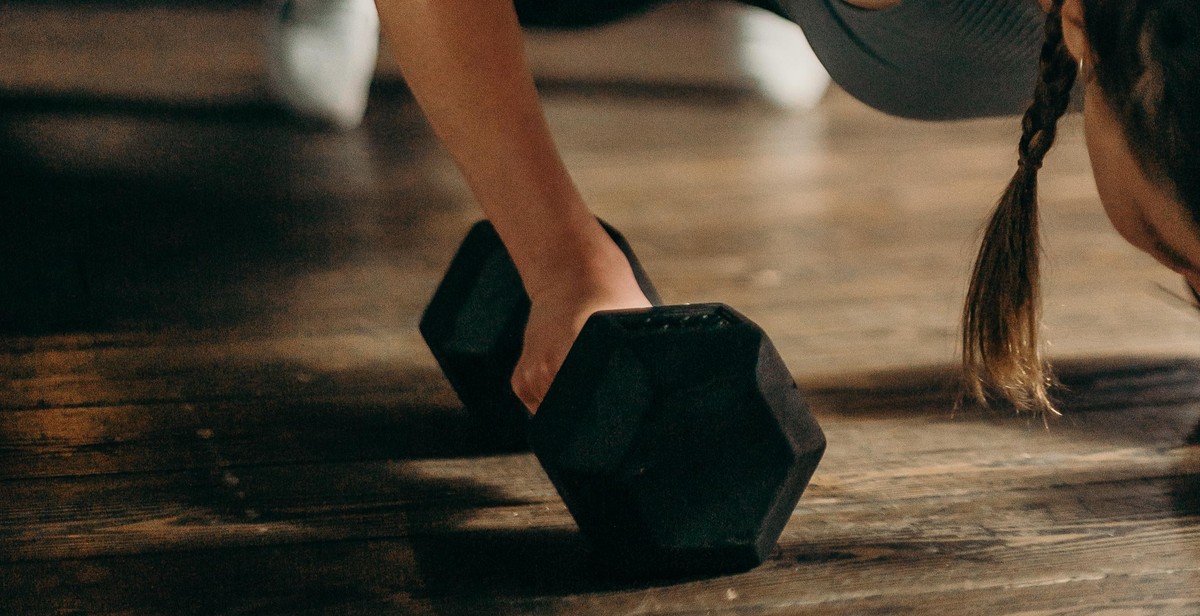How to Perform Correct Plank Technique for Core Stability
The plank exercise is a popular and effective way to strengthen the core muscles, including the abs, back, and hips. It is a simple yet challenging exercise that can be done anywhere and requires no equipment. However, performing the plank with incorrect technique can lead to injury and reduced effectiveness.
Benefits of Plank Exercise
Plank exercise is an isometric exercise that engages multiple muscle groups at the same time, making it an efficient way to strengthen the core muscles. Here are some benefits of plank exercise:
- Improves core stability and posture
- Reduces the risk of back pain and injury
- Increases overall strength and endurance
- Enhances balance and coordination
- Requires no equipment and can be done anywhere
Correct Plank Technique
To perform the plank correctly, follow these steps:
- Start in a push-up position with your hands directly under your shoulders and your body in a straight line from head to heels.
- Engage your core muscles by squeezing your abs and glutes.
- Hold this position for as long as you can without letting your hips sag or your lower back arch.
- Breathe deeply and evenly throughout the exercise.
Remember to keep your head in a neutral position and your elbows slightly bent. Avoid holding your breath or letting your shoulders hunch up towards your ears.
By following these guidelines, you can perform the plank exercise safely and effectively for maximum core stability and strength.

What is Plank Exercise?
Plank exercise is a popular and effective exercise that targets multiple muscle groups, especially the core muscles. It is a static exercise that involves holding the body in a straight line, parallel to the ground, using the arms and toes for support. The exercise is named after the position of a plank of wood, which is straight and rigid, just like the body during the exercise.
Benefits of Plank Exercise
Plank exercise is one of the most beneficial exercises for the body, especially for core stability. Some of the benefits of plank exercise include:
- Improved Core Strength: Plank exercise targets the core muscles, including the rectus abdominis, transverse abdominis, and obliques, which are responsible for stabilizing the spine and improving posture. A strong core can help improve athletic performance, reduce the risk of injury, and alleviate lower back pain.
- Better Balance and Coordination: Plank exercise requires the engagement of multiple muscle groups, which helps improve balance and coordination. This is particularly beneficial for older adults who may be at risk of falls.
- Increased Flexibility: Plank exercise also engages the muscles in the shoulders, back, and legs, which can help improve flexibility and range of motion.
- Enhanced Metabolism: Plank exercise is a full-body workout that can help boost metabolism and burn calories. It is an effective exercise for weight loss and overall fitness.
- Reduced Risk of Injury: Plank exercise is a low-impact exercise that can be modified to suit different fitness levels and physical abilities. It is a safe exercise that can help reduce the risk of injury, especially when performed correctly.
Overall, plank exercise is a simple yet effective exercise that can help improve core strength, balance, flexibility, metabolism, and reduce the risk of injury. It is a versatile exercise that can be performed anywhere, anytime, without the need for any equipment.

How to Perform Plank Exercise Correctly
Plank exercise is one of the most effective workouts for core stability. It engages the muscles of the core, shoulders, arms, and legs. Proper form is important to ensure maximum benefits and reduce the risk of injury. Here is a step-by-step guide to performing the plank exercise correctly.
Step-by-Step Guide to Plank Exercise
- Start by getting into a push-up position, with your arms straight and your hands shoulder-width apart.
- Your body should form a straight line from your head to your heels.
- Engage your core muscles and squeeze your glutes to keep your body in a straight line.
- Hold this position for 30 seconds to 1 minute, depending on your fitness level.
- Release and rest for 30 seconds to 1 minute.
- Repeat for 3 to 5 sets.
Remember to breathe normally throughout the exercise and avoid holding your breath.
Common Mistakes to Avoid During Plank Exercise
Here are some common mistakes to avoid during plank exercise:
- Sagging your hips: This is a common mistake that reduces the effectiveness of the exercise. Keep your hips in line with your shoulders and heels.
- Arching your back: Arching your back puts unnecessary strain on your lower back. Keep your back straight and your core engaged.
- Holding your breath: Holding your breath can cause you to lose focus and reduce the effectiveness of the exercise. Remember to breathe normally.
- Not engaging your core: Engaging your core is essential to the plank exercise. If you don’t engage your core, your body will sag and reduce the effectiveness of the exercise.
By following these tips, you can perform the plank exercise correctly and achieve maximum benefits for your core stability.

Different Variations of Plank Exercise
While the traditional plank exercise is a great way to engage your core muscles and improve overall stability, there are several variations that can help you target specific areas of your body and add some variety to your workout routine. Here are three different variations of the plank exercise:
Side Plank
The side plank is a great variation that targets your obliques and helps improve overall balance. To perform a side plank:
- Start in a traditional plank position with your forearms on the ground and your body in a straight line.
- Rotate your body to the side and stack one foot on top of the other.
- Lift your hips off the ground, keeping your body in a straight line from your head to your feet.
- Hold for 30-60 seconds and then switch sides.
Reverse Plank
The reverse plank is a great variation that targets your glutes, hamstrings, and lower back. To perform a reverse plank:
- Sit on the ground with your legs extended in front of you and your hands on the ground behind your hips.
- Lift your hips off the ground, keeping your body in a straight line from your head to your feet.
- Hold for 30-60 seconds.
Plank with Leg Raise
The plank with leg raise is a great variation that targets your lower back, glutes, and hamstrings. To perform a plank with leg raise:
- Start in a traditional plank position with your forearms on the ground and your body in a straight line.
- Lift one leg off the ground, keeping your body in a straight line.
- Hold for 5-10 seconds and then lower your leg back down.
- Repeat with the other leg.
| Variation | Targeted Muscles |
|---|---|
| Side Plank | Obliques |
| Reverse Plank | Glutes, Hamstrings, Lower Back |
| Plank with Leg Raise | Lower Back, Glutes, Hamstrings |

Tips to Improve Your Plank Exercise
Plank exercise is a highly effective workout for strengthening your core muscles, improving posture, and reducing lower back pain. Here are some tips to help you improve your plank exercise:
Breathing Techniques
Proper breathing is essential when performing the plank exercise. Inhale deeply through your nose and exhale through your mouth. As you exhale, engage your core muscles and tighten your glutes. This will help you maintain proper form and increase the effectiveness of the exercise.
Correct Body Alignment
Correct body alignment is crucial for achieving the maximum benefits of the plank exercise. Keep your body in a straight line, with your shoulders directly above your elbows and your hips level with your shoulders. Avoid sagging your hips or arching your back. To maintain proper form, engage your core muscles, and keep your neck and spine in a neutral position.
Increasing the Duration of Plank Exercise
Increasing the duration of your plank exercise is a great way to challenge your core muscles and improve your overall strength. Start with holding the plank for 20-30 seconds and gradually increase the duration to 60 seconds or more. Remember to maintain proper form throughout the exercise and take breaks if needed.
Here is a table summarizing the tips to improve your plank exercise:
| Tips | Description |
|---|---|
| Breathing Techniques | Inhale deeply through your nose and exhale through your mouth. Engage your core muscles and tighten your glutes as you exhale. |
| Correct Body Alignment | Keep your body in a straight line, shoulders directly above your elbows, and hips level with your shoulders. Engage your core muscles and keep your neck and spine in a neutral position. |
| Increasing the Duration of Plank Exercise | Start with holding the plank for 20-30 seconds and gradually increase the duration to 60 seconds or more. Maintain proper form throughout the exercise and take breaks if needed. |
By following these tips, you can improve your plank exercise and achieve better core stability, posture, and overall fitness.

Conclusion
The plank is a simple but effective exercise that can help improve core stability and overall body strength. By performing the plank correctly, you can engage your entire core and build a strong foundation for other exercises and activities.
Remember to start with the basic plank and gradually increase the duration and difficulty as you progress. Keep your body in a straight line and engage your abdominal muscles throughout the exercise. It’s also important to breathe deeply and maintain proper form to avoid injury.
While the plank is a great exercise on its own, it can also be incorporated into a full-body workout routine. You can add variations such as side planks, plank jacks, and mountain climbers to challenge your core and increase the intensity of your workout.
By practicing correct plank technique regularly, you can improve your posture, reduce the risk of back pain, and build a strong and stable core. So, whether you’re a beginner or an experienced fitness enthusiast, make sure to include the plank in your workout routine for a strong and healthy body.
| Key Takeaways: |
| • The plank is a simple but effective exercise that can help improve core stability and overall body strength. |
| • Start with the basic plank and gradually increase the duration and difficulty as you progress. |
| • Incorporate variations such as side planks, plank jacks, and mountain climbers to challenge your core and increase the intensity of your workout. |
| • Practice correct plank technique regularly to improve your posture, reduce the risk of back pain, and build a strong and stable core. |
